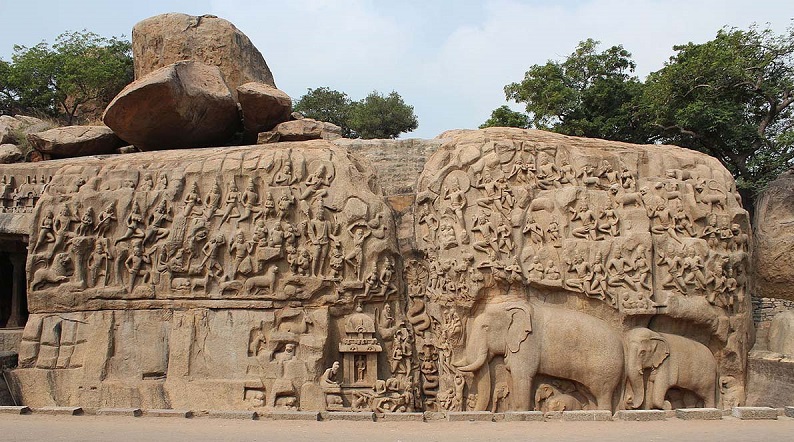Unforgettable Art – Tamil Rock Polishing

The Tamil rock polishing techniques have to do with the usage of various techniques to polish the highly figured and highly coloured rocks. It is said that Tamil is one of the easiest Indian languages to understand. In this respect, it can be asserted that not many people can easily comprehend the language. The Tamil has a very elegant sound and when people use rock polishing techniques, they can make the speech much more beautiful.
Techniques
A rock polisher essentially polishes the surface of the rock by using several techniques. These polishing techniques can be used for making the surface smooth and flat or even glossy. It is through these polishing techniques that the rock gets to a particular desired look and then is ready for some kind of carving. When you go to buy a stone in the market, you will notice that they are all flat and polished. The only difference among the stones is that some have been carved and smoothed while others were polished and some have been decorated.
Mauryan Era
Many believe that the making of rock was started during the era of Maurya’s and later on Tamilians along with the Portuguese came into contact with the caves of Tamil Nadu. There is an instance in the annals of tablets written by the Maurya’s, who is regarded as the father of the Tamil scholars. It is recorded that he went to the house of a merchant seeking some type of utensil to polish his stone. The merchant told him that there was no way he could polish the rock but that he could get the job done if he would take some magic powder. The trader was taken into a trance and didn’t know what to do. visit this site right here
Kumarakom
Maurya’s wife asked him that why he couldn’t do something for her husband. He answered, “because Tamils never polish their rock”. This is the beginning of the concept of polishing the rock. After this, the art of Tamil was known all over the world and so it got popular. The first person who had the idea to polish the Tamil stone was none other than Kumarakom. He saw how the polished stone had lost its shine and the natural colour of the stone had faded away.
Kumarakom made a trip to Mysore and showed his wife how Tamil stones should be polished. She showed some of her stones that had lost their original shine. Kumarakom then refined some of his techniques and after that, the art of polishing was known the world over.
Koodalloor
The next important personality in the field of polishing was K.R.S. Rama who worked in Koodalloor and formulated some new techniques in this regard. After this, he started a school in Koodalloor and taught some of his new techniques. Some of his students were G. V. Prabhu, who came from Koodalloor and S. M. Sudarshan who had left his job as an analyst in Indira Gandhi Museum to work full time in Rama Temple.
All these people worked diligently in getting some shine on the polished stones. The main problem in polishing the rock was that it required an excessive amount of heat for the process to be successful. So, S. M. decided to use a cotton cloth dipped in oil or light olive oil and rub the stone with this. After using this method, the shine was gained but the heat had also faded out some of the colours of the stone. This problem could not be resolved immediately and therefore Rama Temple continued with the polishing of the rock daily after two or three days.
Advanced Polishing Methods
Over time, some more advanced polishing methods were developed by S. M. Rama, which included the use of aluminium oxide and magnesium powder. After some time, this method also became quite popular in the Tamil community. Slowly, all the temples of Tamil Nadu began to take advantage of the polishing methods and adopted them for honing the finely polished stones. Thus, to date, Tamil rock polishing has become one of the major art forms of Tamil culture and has become almost a profession in itself in many cases.